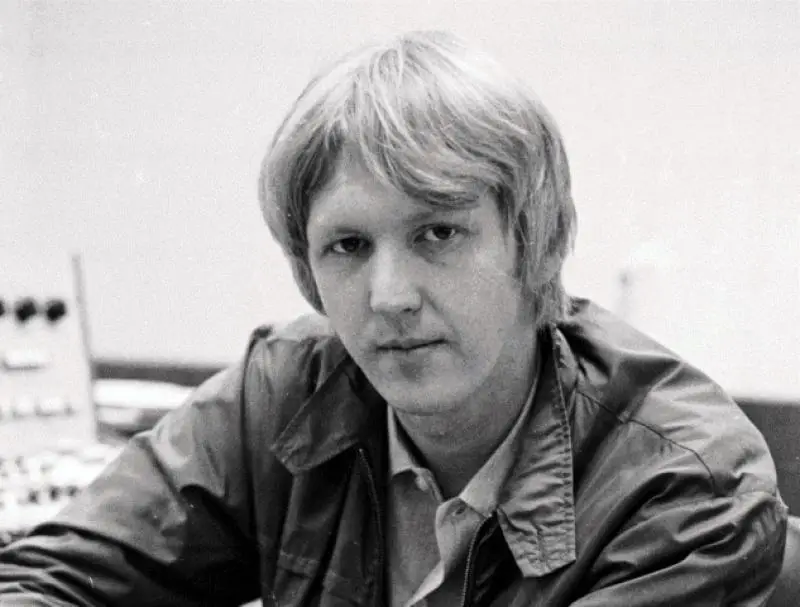Harry Nilsson Albums Ranked
Harry Edward Nilsson III (June 15, 1941 – January 15, 1994), known professionally as Nilsson, was an American singer-songwriter who achieved the peak of his commercial success in the early 1970s. His work is characterized by pioneering vocal overdub experiments, returns to the Great American Songbook, and fusions of Caribbean sounds. A tenor with a 3½ octave range, Nilsson was one of the few major pop-rock recording artists of his era and others to achieve significant commercial success without ever performing major public concerts or undertaking regular tours. The craft of his songs and the defiant attitude he projected remains a touchstone for later generations of indie rock musicians. Nilsson created the first remix album (Aerial Pandemonium Ballet, 1971) and recorded the first mashup song (“You Can’t Do That”, 1967). He was voted No. 62 in Rolling Stone’s 2015 list of the “100 Greatest Songwriters of All Time”, where he was described as “a pioneer of the Los Angeles studio sound, a crucial bridge between the baroque psychedelic pop of the late Sixties and the more personal singer-songwriter era of the Seventies”. The RIAA certified Nilsson Schmilsson and Son of Schmilsson (1972) as gold records, indicating over 500,000 units sold each. He earned Grammy Awards for two of his recordings; Best Contemporary Vocal Performance, Male in 1970 for “Everybody’s Talkin'” and Best Pop Vocal Performance, Male in 1973 for “Without You”. Here are all of Harry Nilsson albums ranked.
Don’t miss out on the TIMELESS music of Harry Nilsson! Click and enjoy outstanding songwriting from this multi-awarded artist!
10. Personal Best: The Harry Nilsson Anthology (1995)

“This album shows that he was also aware of the social issues of the time, especially relationships between people everywhere. For an entertaining time that will amaze and charm you, listen to this CD when you can pay attention to the lyrics. Nilsson is on the level of Bob Dylan, Cat Stevens, and so many others who have vocalized the realities of our lives. Sadly, he died way too young. “
9. All-Time Greatest Hits (1990)
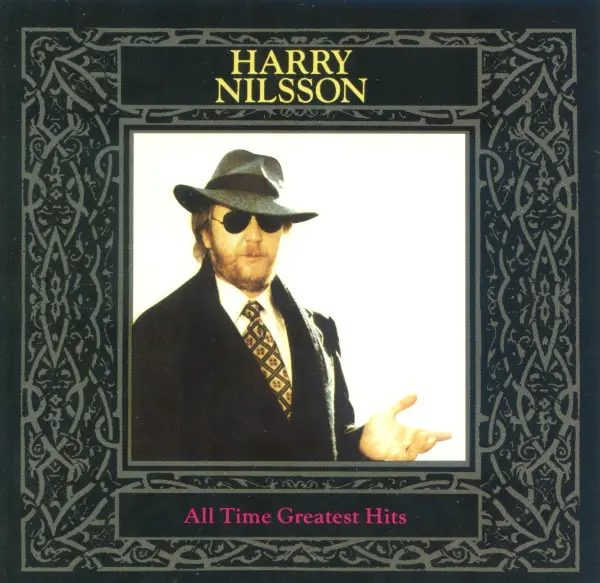
“Harry Nilsson has left the world some music that will always be classic. There are songs on here I didn’t even know Harry recorded. This man is a musical genius, a poet with words, and so full of music is oozed out of his pores! I listen to him on You Tube all the time and have watched the Documentary about 10 times! Two thumbs up on this c.d.”
8. Pussy Cats (1974)
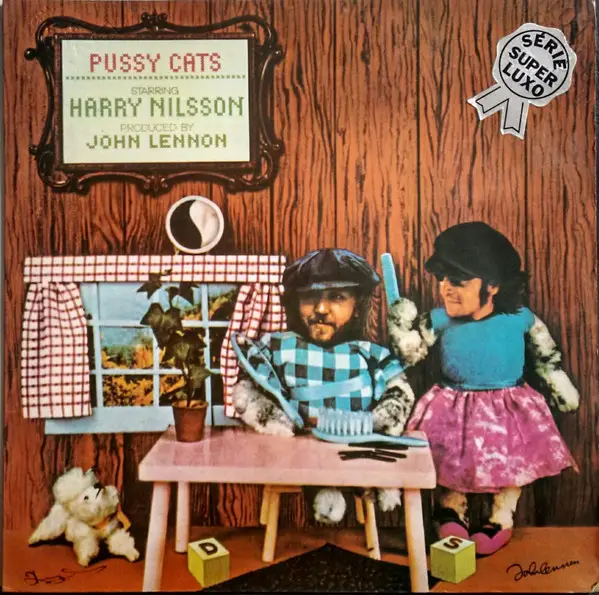
” I do enjoy his earlier, squeaky clean stuff too. Great voice! Buy, sad as it is, I really adore when he was falling apart. A true star. His pain is palpable. I wish, how I wish, that his life was such that recordings such as this were not in existence. Yet, he was so ahead of his time and so great at sharing his pain, that I love this.”
See more: Michael Jackson Albums Ranked
7. Pandemonium Shadow Show (1967)
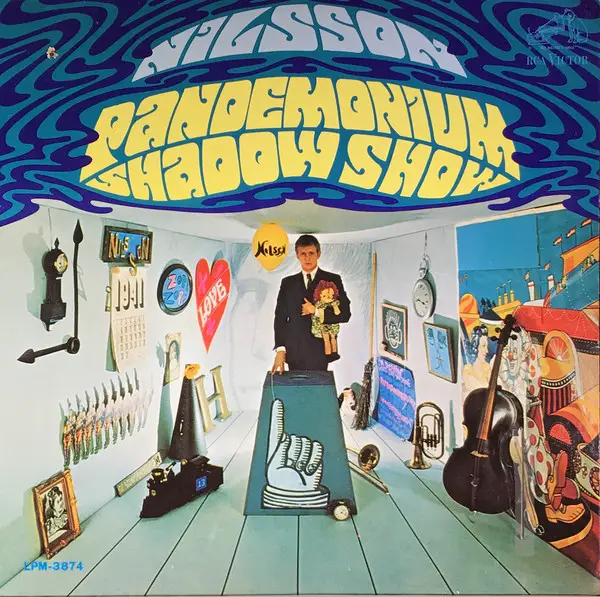
“In tribute to The Beatles, Nilsson sings his cover of You Can’t Do That which also includes fun references to many Beatles songs, see if you can hear them all! After singing about the Strawberry Beatles Forever, side one concludes with the slow and sweet “Sleep Late, My Lady Friend.” Then, The Beatles’ tribute again picks up on side two with his cover of She’s Leaving Home (which was recorded just a week after Sgt. Pepper’s was released!).”
6. The Point! (1971)

Great soundtrack from Nilsson’s animated children’s special, including narration. Archly humorous and occasionally surreal (it was made in the early 70’s), with gorgeous music and performances throughout. When this was recorded, Nilsson’s career was picking up steam, and he was at his finest as a songwriter and as a singer. And the message of the tale is simple but absolutely (sorry, pun ahead) ON POINT.”
5. Harry (1969)
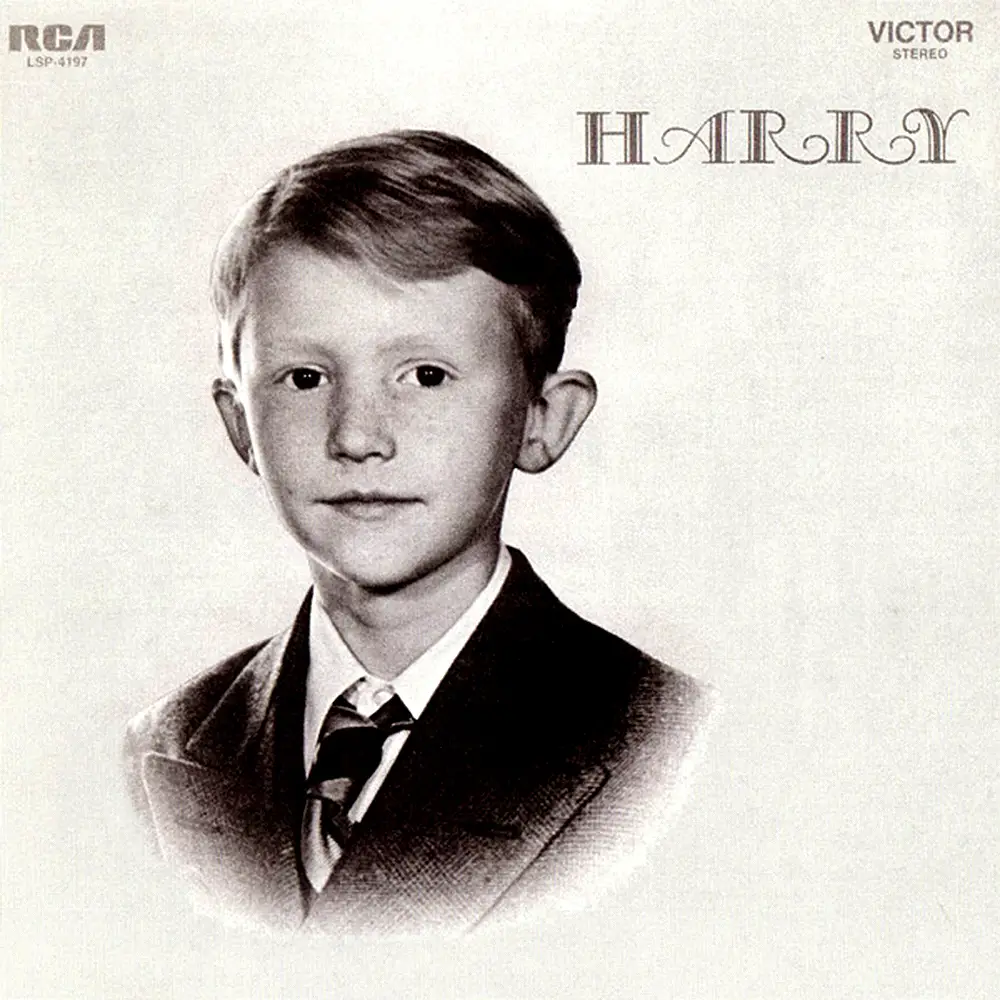
” I think this is his best album followed closely by Aerial Ballet. Nilsson had an incredible voice. I loved his lyrical style of rhyming words in the middle of lines and other interesting innovations. Many of the songs he wrote have become classics. His version of the Beatles song Mother Nature’s Son is exceptional. Great Album.”
See more: America Albums Ranked
4. Son Of Schmilsson (1972)
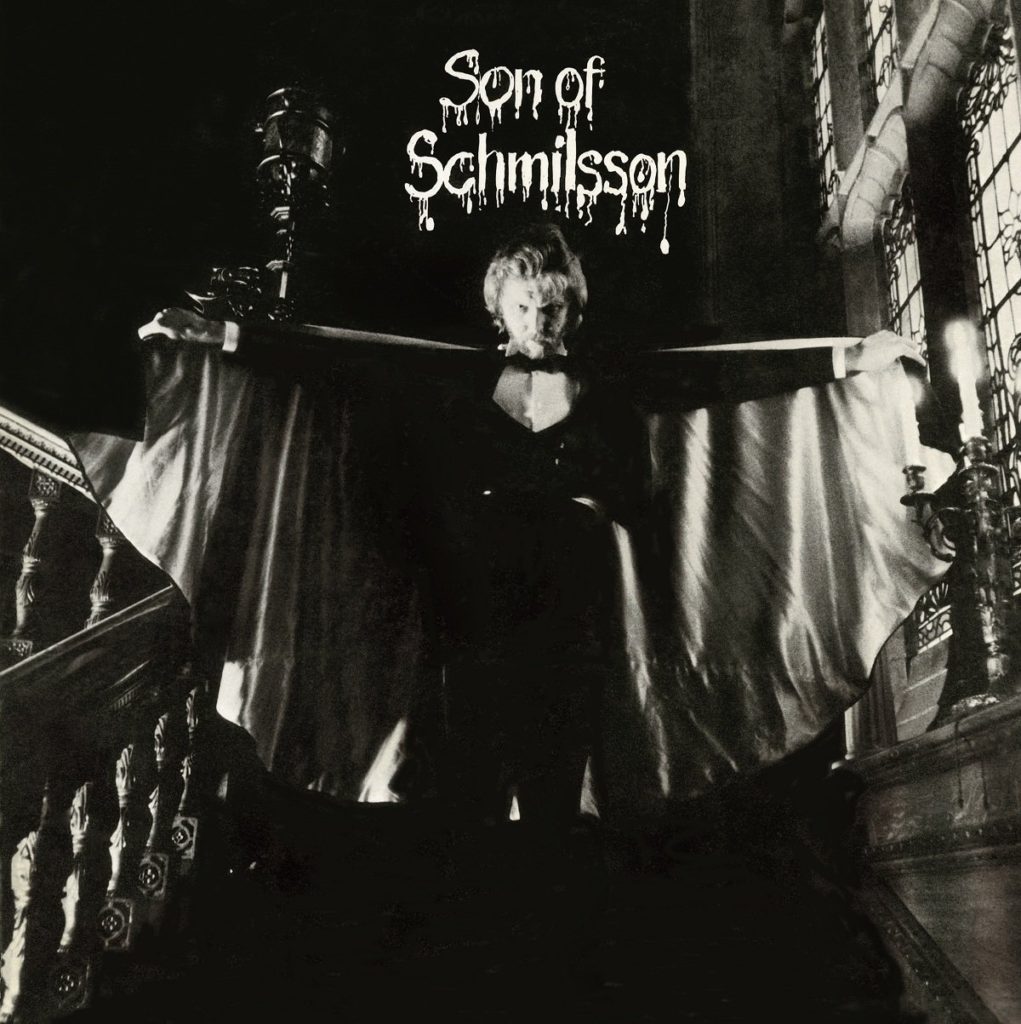
“Son of Schmilsson is a follow-up to the very popular Nilsson Schmilsson album by Harry Nilsson. This re-issue CD contains all 11 tracks from the original (vinyl) release plus 4 bonus track; two previous unreleased songs, one alternate take, and one single version. The booklet is full of great photos – some candid shots taken in the studio during the recording and some posed. It also contains some great liner notes about the album along with quotes from the musicians and the late artist himself.”
3. Nilsson Sings Newman (1970)
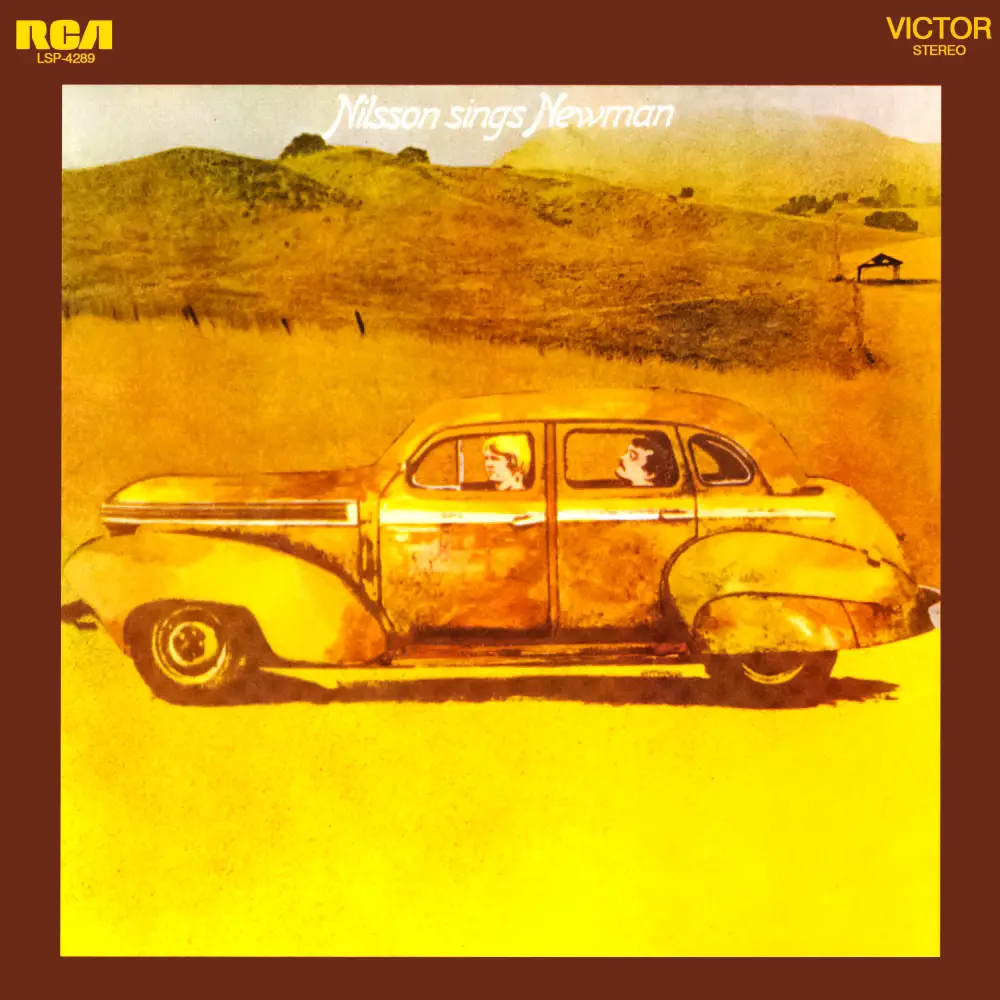
“This is a tremendous album, mixing Nilsson’s pure and perfect voice with the music and poetry of Randy Newman. The result is a sparse and deceptively simple work that has found its way deep into my heart and soul and will stay with me forever. If you are a Nilsson fan, there’s no debate: you’ve got to have this. If you are new to Nilsson’s catalog, this is a nice entry point into his earlier (and best) work.”
2. Aerial Ballet (1968)
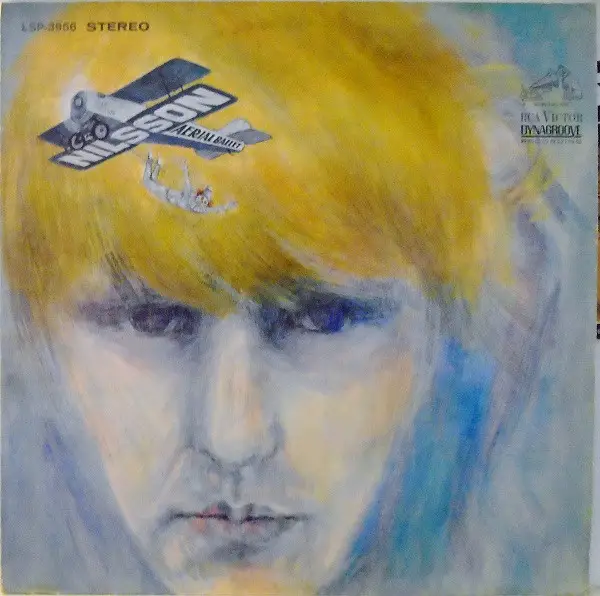
“Nilsson was unique – that voice, the songs, his collaboration with the great George Tipton – all are on display here – this is a weird and wacky and purely Nilsson journey from start to finish. The songs are mostly by him, but it also includes his definitive rendition of Everybody’s Talkin’. And also two of his best songs – One and Wailing of the Willow. This is a must have in excellent sound and is highly recommended by the likes of me.”
1. Nilsson Schmilsson (1971)
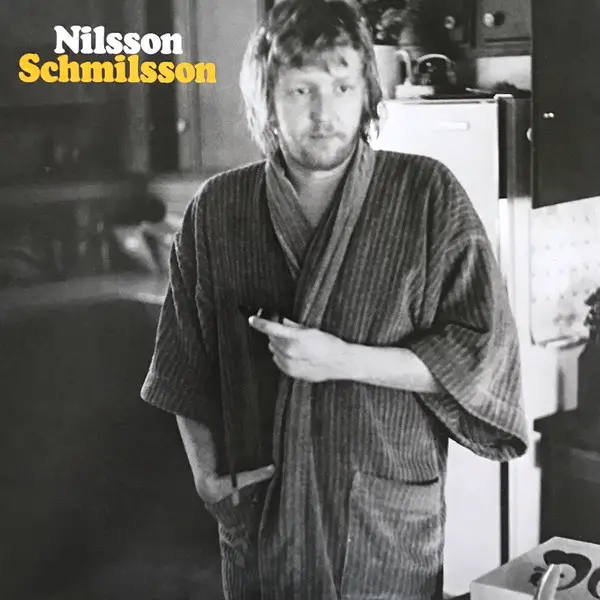
“Harry Nilsson was an iconic singer/songwriter born in Brooklyn, N.Y. and gifted with a 3-octave vocal range. During the 70’s he had a string of hits. This album features some of my Nilsson faves like The Moonbeam Song, Coconut and the tear jerker Without You, one of the few cover songs that outshines the original(by Badfinger). Jump into the Fire is Nilsson’s hardest rocking song with that crazy detuned bass. I originally bought the Schmilsson vinyl LP for the full length version of Jump into the Fire vs. the shorter radio edit which was about half as long.”

